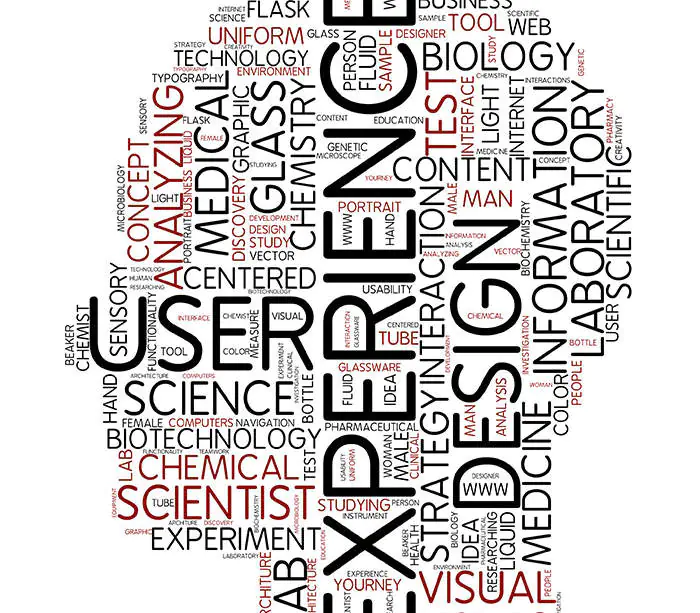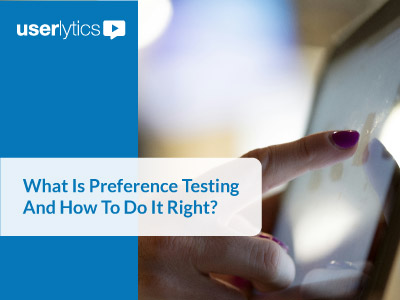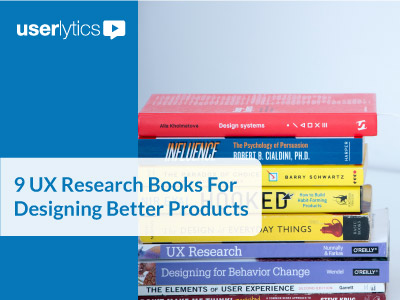Today’s guest post comes from Cassandra Naji, Marketing Content Editor at Justinmind.
With the rise in popularity of user testing tools like Userlytics, there’s no reason why everyone can’t run effective usability tests and produce user-friendly products. User testing is the best way to get insights and feedback from target users, validate features and measure product acceptance. Usability testing tools and prototyping tools such as Justinmind break the user testing process wide open, meaning that testing can be done remotely and independent of the guidance of User Researchers.
While user testing is now simpler and more effective than ever, it still pays to be savvy when testing. This usability testing checklist will help you plan, carry out and then analyze user tests on both web and mobile apps.
1. Usability testing checklist (and stick to them!)
Whether you’re testing a single feature or an entire app or website, well-defined objectives are the key to successful usability testing. Without clear objectives, results will be largely useless and you’ll be left with handfuls of pointless data.
Our top tip for defining objectives is to break down testing goals into categories and then define what kind of data you need for each category. For example, for satisfaction metrics you’ll want to collect qualitative data; for adoption/acceptance goals, metrics will be empirical and time-dependent.
Examples for well-defined objectives might include figuring out how many users adopt a feature in a given timeframe, or error rates in an eCommerce flow.
And don’t forget the basics – define what devices and Operating Systems you’re interested in testing, and don’t be tempted to diverge from the objectives once they’re set.
2. Choose your users wisely
Testing the correct user demographic is perhaps the most important part of successful usability testing – running tests of a complicated enterprise software on ERP novices, for example, would throw up all sorts of funky results.
You should be recruiting for representativeness (the average user, not the most ‘random’ user) by judging factors such as age, income, location etc. Factors such as whether they need to be familiar with the product will be defined by your objectives.
If you’re new to testing and not sure how to recruit participants, a remote user testing tool can recruit users worldwide based on your specific demographics.

3. Focus on clear task creation
If you followed the advice in Step 1 of the checklist and clearly defined your objectives, then task creation should be a cakewalk. Objectives based around one specific feature then tasks can be equally as specific, and often closed-ended. Open-ended tasks will help you test the intangible impact of an app or web, such as satisfaction. Userlytics has a range of pre-made test templates to get you started, as well as the possibility to build your own from scratch.
Try to counterbalance the tasks to get a 360 view of the product’s usability, and don’t be afraid to give out both pre- and post-test scaled answer surveys to get the full picture on user experience.
4. Two to a room
Jakob Nielsen may have gone back and forth on his own pronouncement that you only need to test with 5 users, making the ideal number of user testers a moot point, but one fact remains clear – you get better results with just the user and tester in a room (or a virtual room!) Testers become distracted and even flustered if they have to manage tons of users at one go; this is magnified when product owners muscle in on the test space and start to comment on, or interfere in the process.
Using a remote testing tool basically obviates the need to worry about this. With either an interactive prototype or an already-launched web/mobile app, you can watch participants interact with your interface from anywhere in the world, as if they were in the room with you.

5. Don’t forget to warm-up
Make the most of the time you have with users by getting them to complete consent forms and pre-test questionnaires while they wait for the test to begin, not when they get in the room.
When you do begin the test with them, it’s wise to give them the skinny on what they’ll actually be doing – a quick rundown of the activities, how long you expect them to take and why you’re recording them will relax participants and help you stay organized. Informing participants that they can ask questions or take bathroom breaks is also good practice.
You might also want to have a pre-test task ready, to get participants warmed up and comfortable.
When using remote user testing platforms, you are allowing participants to schedule their testing time when most convenient to them.
6. Keep the scope tight
Avoid boring test participants by keeping the scope and timeframe of activities relatively tight. Give users time limits in which to complete tasks (don’t throw away failed task times though – they should form a part of your final analysis), factor in breaks and make the most of time- saving features in your usability testing tool, such as fast speed video review and hyperlinked video annotation.
By keeping things lean in this way you’ll avoid participants giving short answers just to get the thing over with.
7. Ask for details in feedback
When we say feedback, we mean extra feedback. Sure, participants will tell you what they think of the specific features or functions tested, but you should also probe to find out what they think about other aspects of your product. You may be surprised by the unusual feedback collected in these less formal moments of UX/CX testing, and it will certainly be useful in the final analysis.
8. Check the tech!
User testing with tools such as Userlytics is simple, but you do need to be on top of the technology to avoid mid-test hiccups. For example, you may be testing an interactive prototype with a prototyping tool like Justinmind, in which case you’ll want to ensure that you’ve sent the shareable link to testers and you’ve got your prototype completely set up.
Similarly, make sure all audio and video recording equipment is working and your Userlytics dashboard is fully configured to your needs.

9. Rehearse!
This penultimate point on the checklist is where many novice user testers fall down. Nevertheless, conducting a pilot test before you actually start collecting data will reduce on-the-day hiccups and pressures. The rehearsal can either be carried out with a select few participants, or on a limited number of devices. The outcome of this rehearsal should have an impact on the final test: change anything that confuses participants, that is logistically difficult or that fails to render usable results. With Userlytics, you can create fully customizable tests and tweak them as necessary.
10. Go deep into the results
You might be busy congratulating yourself on carrying out awesome user tests, but don’t delay too much in analysing the results; you don’t want to forget the sessions and have to rely solely on cold hard stats. Discussing the sessions with fellow testers or observers will provide a more holistic view, which can then be added to the final report. You can then organize these trends according to how serious they are, to give you a rough outline of priority of work in the following development stages.
Interested in UX Testing?
Data Visualizations
Author bio: Cassandra Naji is Marketing Content Editor at Justinmind, a prototyping tool that allows you to prototype web and mobile apps so you can visualize and test your software solution before writing a single line of code. Before she was a techie, Cassandra was an old-fashioned journalist and communications professional in Cambodia and Taiwan




